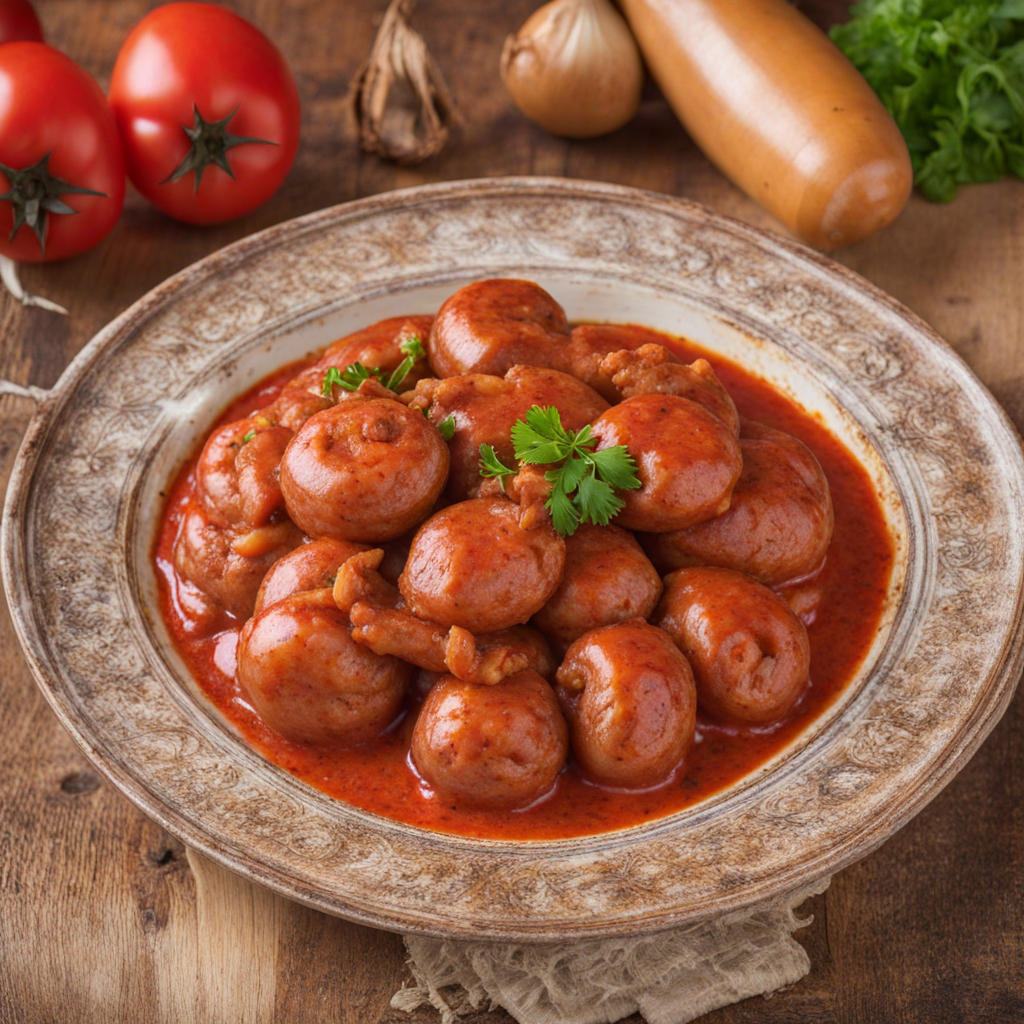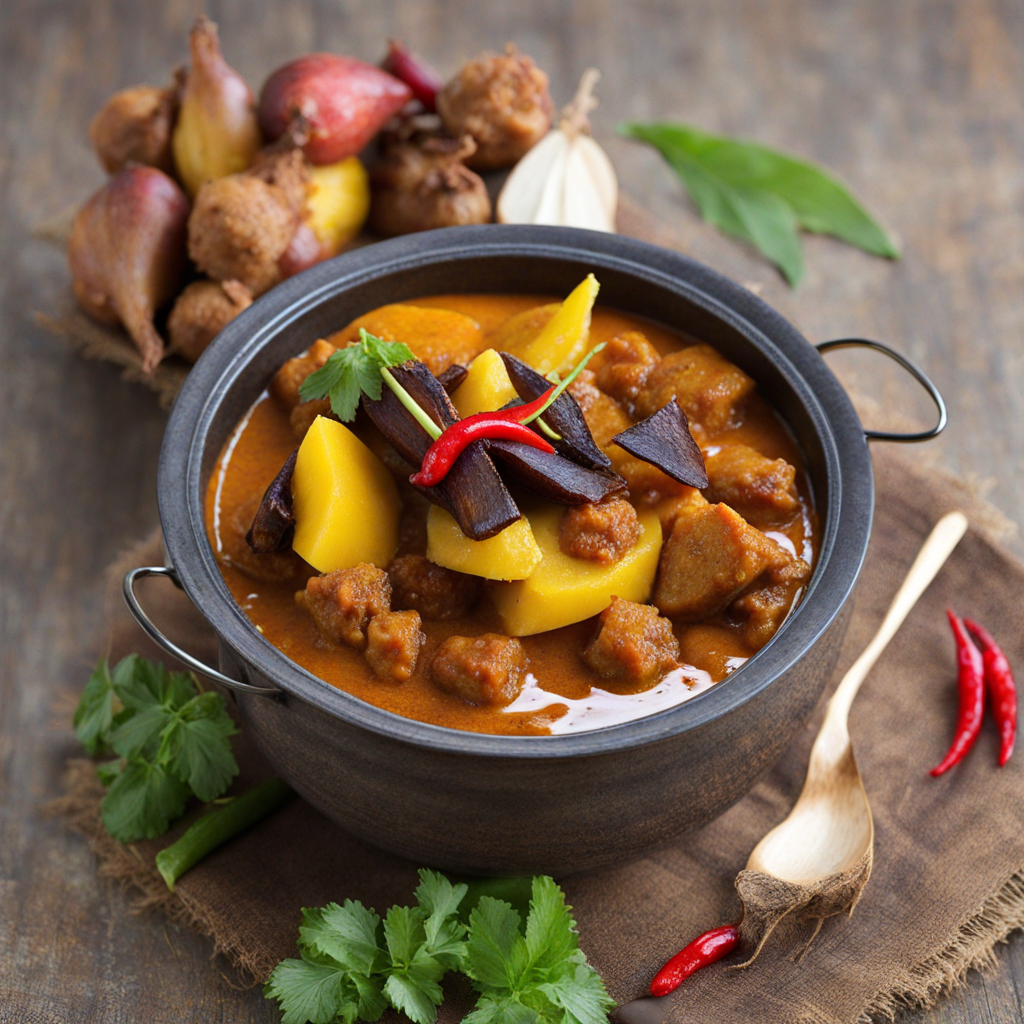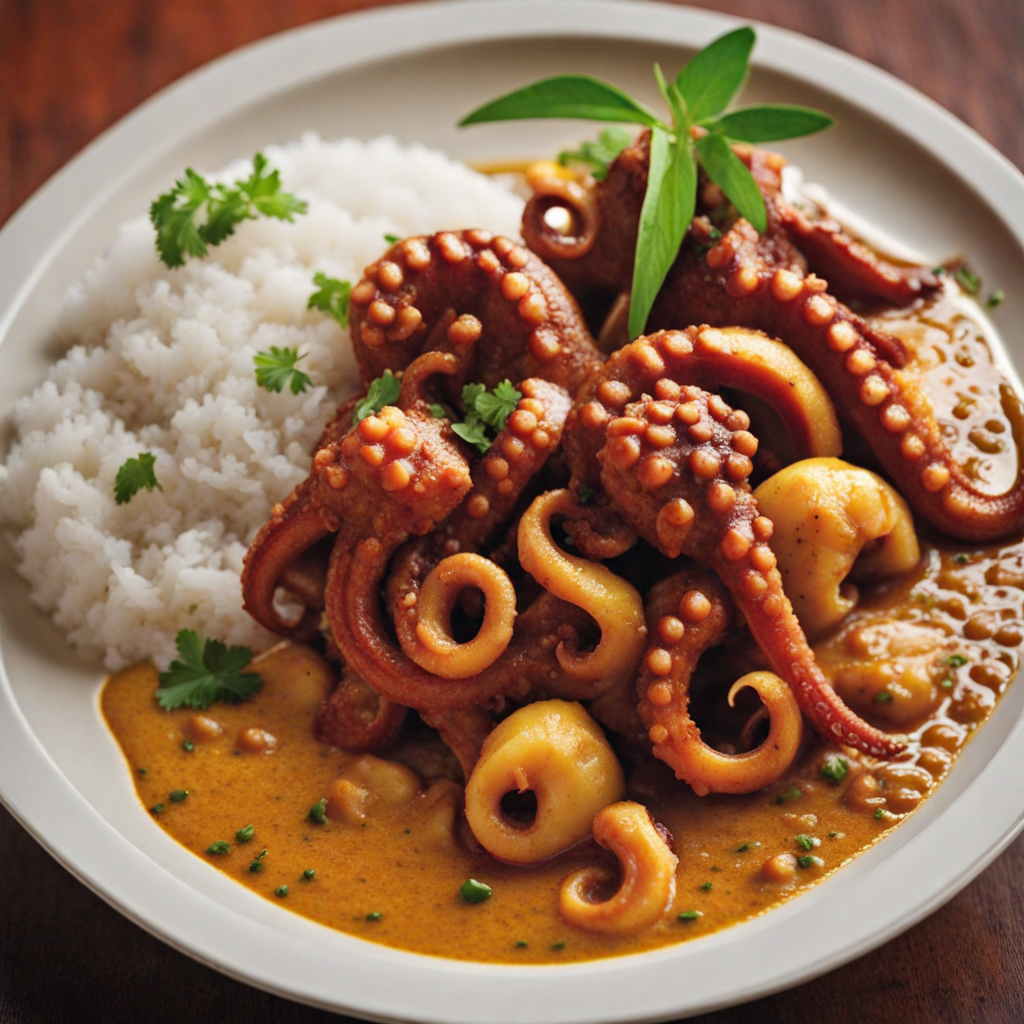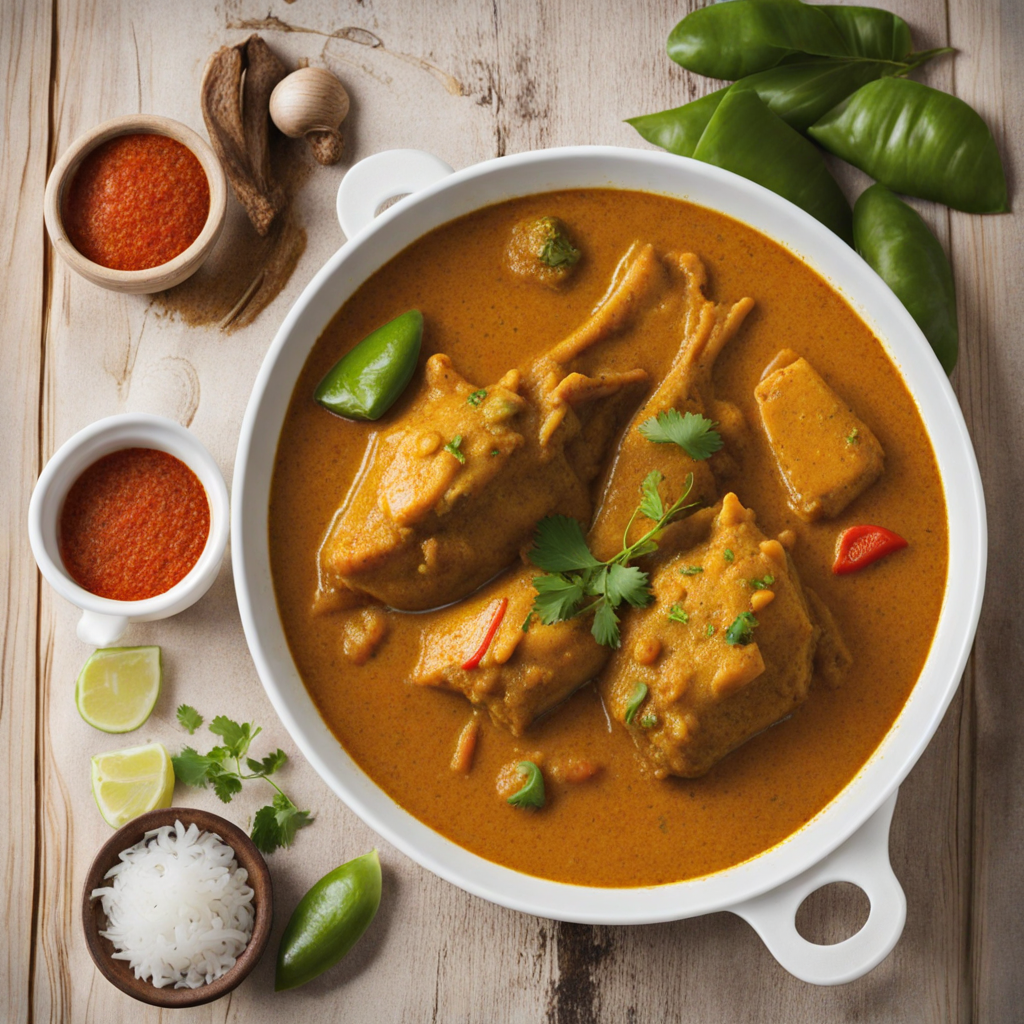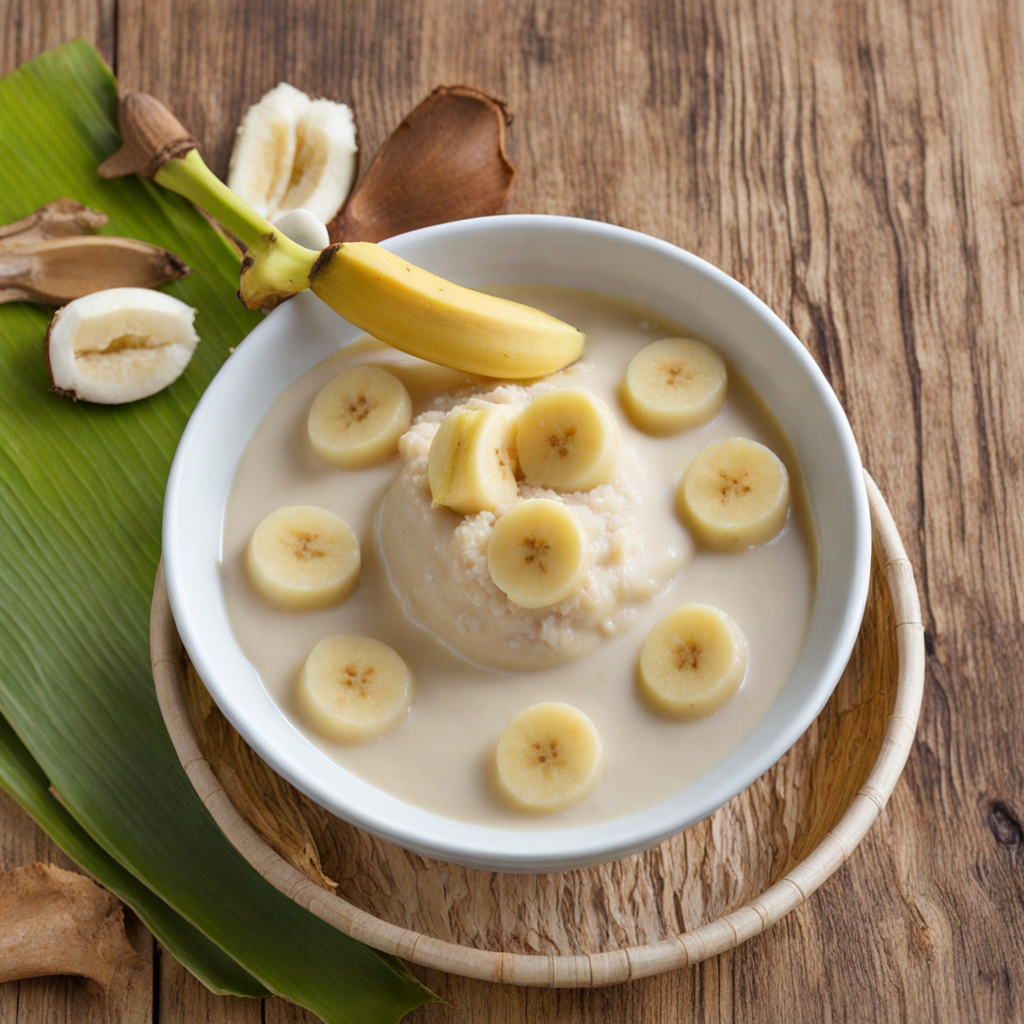Sausage Rougay
Sausage Rougay is a delightful dish hailing from the picturesque islands of Seychelles, showcasing the unique flavors that characterize Creole cuisine. This savory dish features succulent sausages, typically made from pork or beef, which are infused with aromatic spices and herbs, giving them a rich and robust flavor. The sausages are often grilled or sautéed to achieve a perfect balance of tenderness and a slightly crispy exterior, which enhances the overall eating experience. Each bite bursts with a medley of spices like garlic, ginger, and chili, capturing the essence of the islands' vibrant culinary heritage. What truly sets Sausage Rougay apart is its accompanying sauce, a rich and tangy blend of tomatoes, onions, and bell peppers, simmered to perfection. This sauce not only complements the sausages but also adds a delightful depth of flavor that ties the dish together. The use of local ingredients such as fresh herbs and spices elevates the dish, making it a true representation of the Seychellois palate. The sauce is often enhanced with a touch of coconut milk, which adds a creamy texture and a hint of sweetness, further enriching the overall taste profile. Served alongside fragrant rice or traditional Seychelles bread, Sausage Rougay is more than just a meal; it's an experience that invites you to savor the culinary traditions of the islands. The dish is commonly enjoyed during family gatherings and celebrations, symbolizing warmth and togetherness. With each mouthful, you can transport yourself to the sun-kissed shores of Seychelles, indulging in the bold and exciting flavors that make this dish a must-try for any adventurous food lover.
How It Became This Dish
Rougay Sosis: A Culinary Journey through Seychelles Origins of Rougay Sosis Rougay Sosis, often referred to simply as "Seychellois sausage," is a traditional dish that embodies the rich tapestry of Seychellois culture, history, and culinary innovation. The Seychelles, an archipelago located in the Indian Ocean, has a unique blend of ethnicities, including African, French, Indian, and Chinese influences, each contributing to the local cuisine. The origins of Rougay Sosis can be traced back to the French settlers who colonized the islands in the 18th century. The French brought with them a variety of culinary traditions, including charcuterie, which involves the preparation of cured meats and sausages. The local adaptation of these techniques, using the ingredients available in the lush environment of Seychelles, resulted in the creation of Rougay Sosis. The name "Rougay" derives from the Creole word for "to stew," reflecting the method of cooking that has become integral to this dish. The sausages themselves are typically made from a blend of pork, spices, and herbs, reflecting both the French influence and the local taste preferences. The use of local ingredients—such as fresh herbs, garlic, and sometimes chili—adds a distinctive flavor profile that sets Rougay Sosis apart from its European counterparts. Cultural Significance Rougay Sosis is more than just a dish; it is a symbol of Seychellois identity and community. In Seychelles, food is deeply intertwined with social gatherings, celebrations, and family traditions. Rougay Sosis is often featured at festive occasions, such as weddings, family reunions, and national holidays. The preparation and sharing of this dish can foster a sense of togetherness and belonging among families and friends. The dish is typically served with a variety of accompaniments that enhance its flavors and nutritional value. Common side dishes include rice, lentils, and a fresh salad made from local vegetables. This combination reflects the Seychellois philosophy of using fresh, local produce to create wholesome meals that are both satisfying and nutritious. In recent years, Rougay Sosis has emerged as a culinary ambassador for Seychelles, gaining recognition both locally and internationally. It has found its way onto the menus of restaurants that celebrate Creole cuisine, and food festivals often feature this beloved sausage as a highlight. The dish serves not only as a representation of Seychellois heritage but also as a means of promoting the islands' rich culinary diversity. Development Over Time As Seychelles has evolved—politically, socially, and economically—so too has the preparation and presentation of Rougay Sosis. Over the decades, the dish has undergone various transformations, reflecting the changing tastes and dietary preferences of the Seychellois people. In the early years, Rougay Sosis was primarily a home-cooked meal, prepared using traditional methods passed down through generations. Families often guarded their recipes closely, adding personal touches that made each version unique. The process of making Rougay Sosis was labor-intensive, requiring the grinding of meat and the careful selection of spices. This labor of love was a rite of passage for many young Seychellois, teaching them not just how to cook but also the importance of their culinary heritage. With the advent of modernity and globalization, the way Rougay Sosis is prepared and consumed has changed. The introduction of convenience foods and processed meats has altered dietary habits, particularly among younger generations. However, despite these changes, there has been a resurgence of interest in traditional cooking methods, spurred by a renewed appreciation for local ingredients and sustainable practices. In recent years, there has been a growing movement among Seychellois chefs and home cooks to revive and reimagine traditional dishes. This has led to innovative interpretations of Rougay Sosis that incorporate contemporary cooking techniques and flavors from around the world. For instance, some chefs have experimented with alternative proteins, including fish and chicken, while maintaining the essential spices that define the dish. Moreover, the rise of the farm-to-table movement has encouraged local farmers to cultivate traditional herbs and spices used in Rougay Sosis, such as thyme, coriander, and ginger. This not only supports sustainable agriculture but also helps to preserve the biodiversity of Seychelles' unique flora. The emphasis on freshness and locality ensures that each dish remains rooted in the island's culinary heritage. The Role of Rougay Sosis in Modern Seychelles Today, Rougay Sosis is celebrated not only as a beloved local dish but also as a symbol of resilience and adaptation. The ongoing evolution of Seychelles' culinary landscape reflects the islands' dynamic history and the ability of its people to embrace change while honoring tradition. Tourism plays a significant role in the contemporary significance of Rougay Sosis. As Seychelles attracts visitors from around the globe, the dish has become a must-try for those seeking an authentic taste of the islands. Culinary tourism has led to the establishment of cooking classes and food tours that focus on local cuisine, allowing travelers to engage with Seychellois culture through its food. Furthermore, Rougay Sosis has found a place in the hearts of expatriates and members of the Seychellois diaspora, who often seek to recreate the dish as a way to connect with their roots. For many, the aroma and taste of Rougay Sosis evoke memories of family gatherings and celebrations, serving as a reminder of their heritage. Conclusion Rougay Sosis is more than just a sausage; it is a culinary narrative that tells the story of Seychelles' history, culture, and resilience. From its French colonial origins to its place in modern Seychellois cuisine, this dish has adapted and evolved, reflecting the changing landscape of the islands. Today, Rougay Sosis stands as a testament to the rich tapestry of flavors that define Seychellois culinary traditions, and its continued popularity ensures that it will remain a cherished part of the islands' identity for generations to come.
You may like
Discover local flavors from Seychelles



